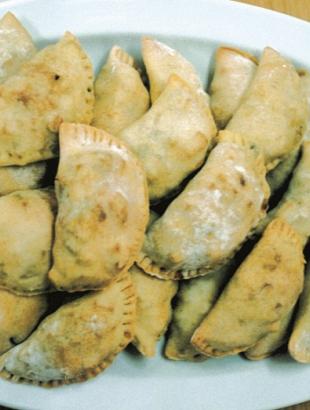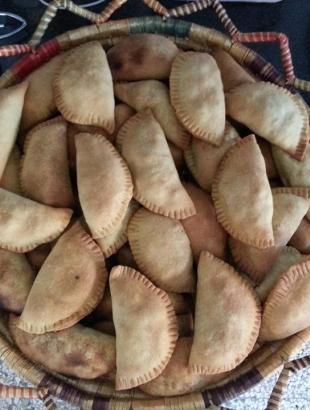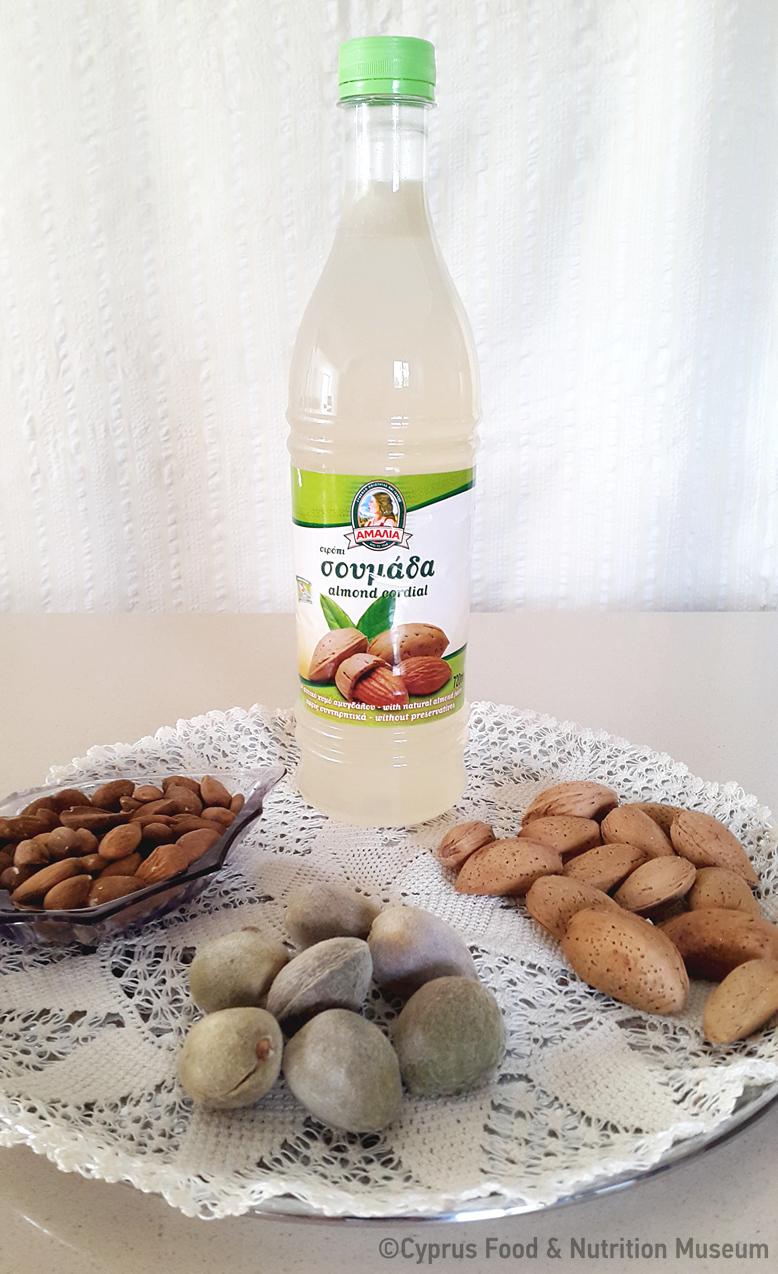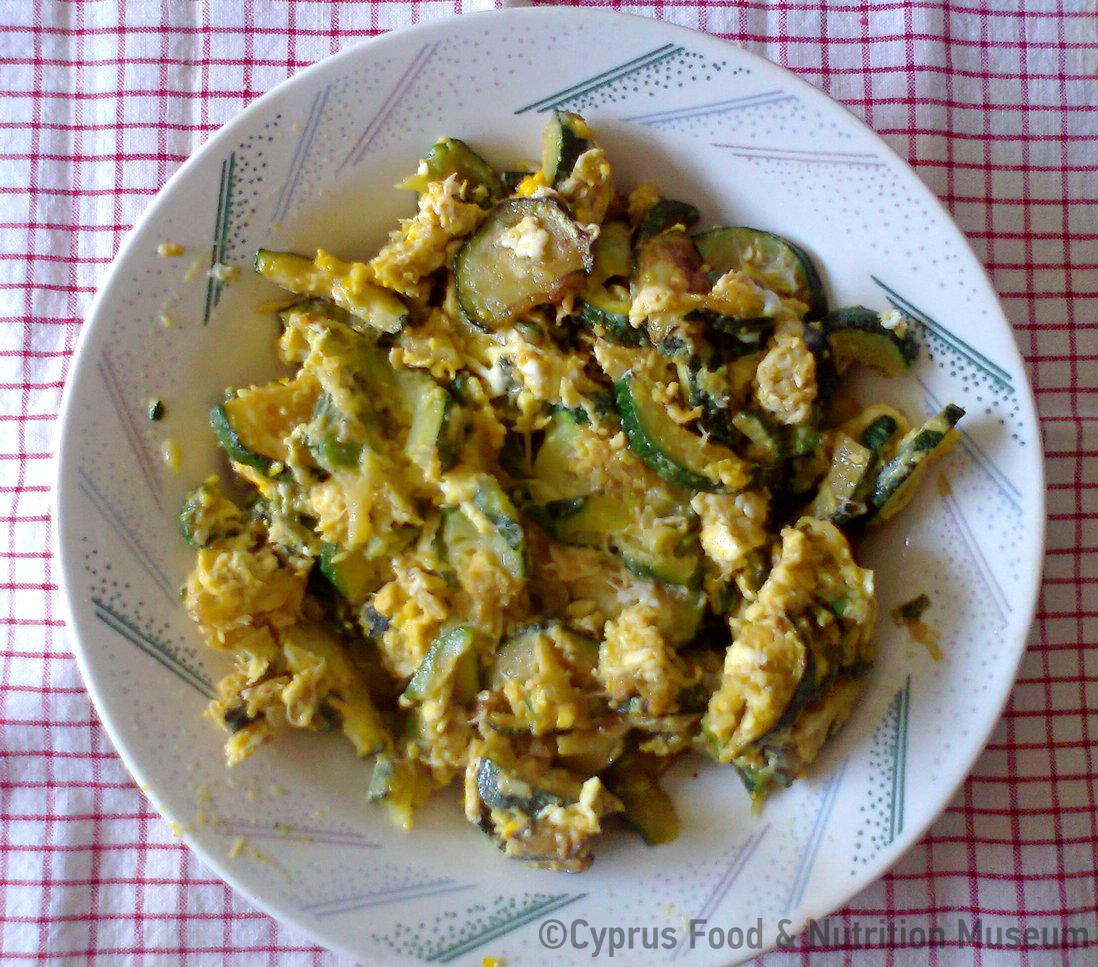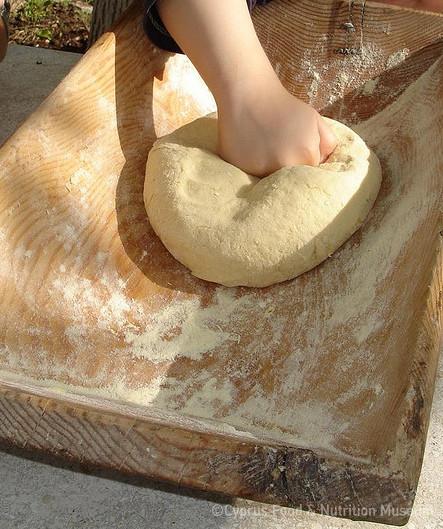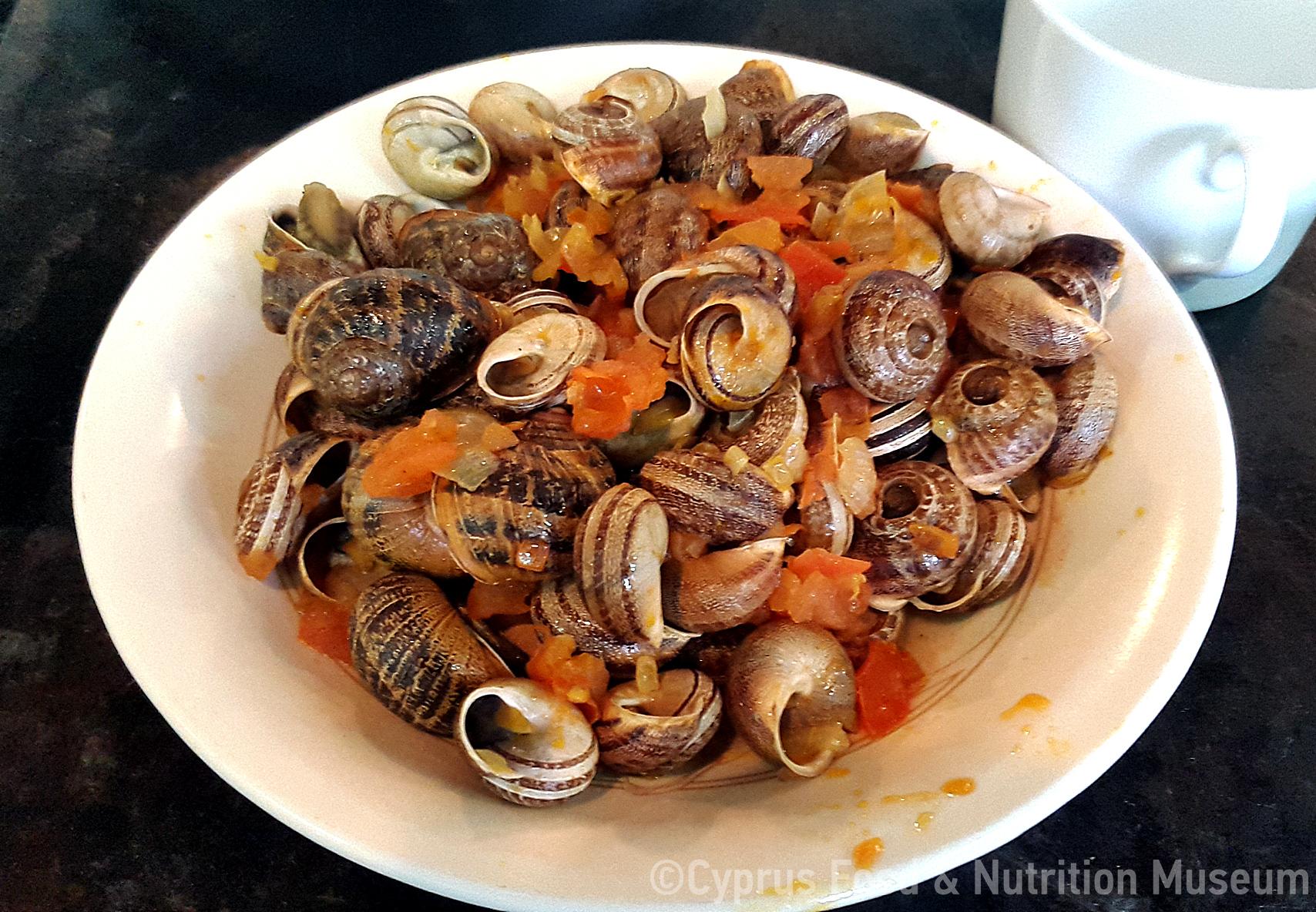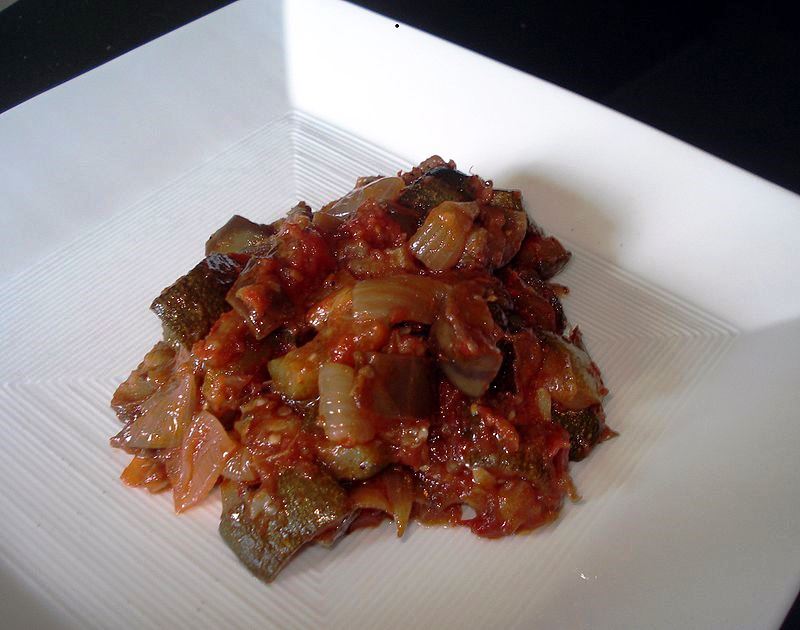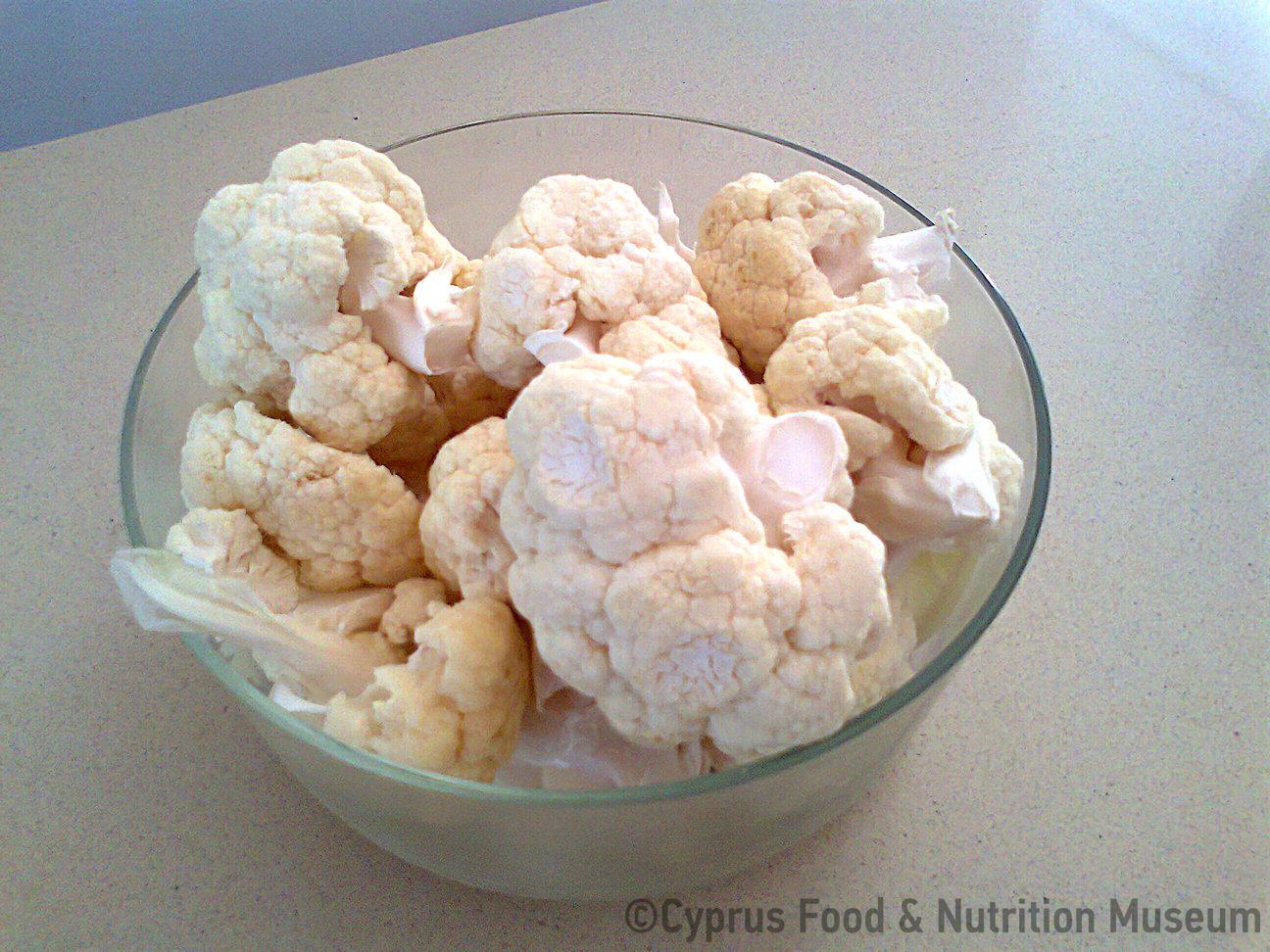Usually, the preparation of kolokotes was and still is associated with the fasting period before Christmas and Easter, since they are a delicious, fasting dish.
Name - Recipe
Κολοκυθόπιτες. Individual pies filled with butternut squash mixed with bulgur wheat and raisins.
εν. κολοκωτή
Version A:
(for about 50 kolokotes)
For the dough:
2 and ¼ kg of village flour
5 glasses of water
½ glass of oil (peanut oil)
salt (1 teaspoon)
For the filling:
1 medium butternut squash
½ glass of olive oil
½ glass of peanut oil
½ glass of raisins
1 glass of sugar
½ kilo of bulgur wheat
fennel (optional)
cinnamon
cumin
onion (optional)
Version B:
For the dough:
5 cups of flour
¾ cup of oil
1 teaspoon yeast
water for kneading
For the filling:
1½ kg butternut squash, diced
½ cup of olive oil
¼ cup of bulgur wheat
1 onion, finely chopped
salt, pepper, cinnamon
raisins (optional)
Version C:
For the dough:
1 kg of flour
1 glass of peanut oil
1 ½ glass of lukewarm water
1 pinch of salt
For the filling:
1 kg of butternut squash
2 glasses of raisins
1 glass of olive oil
2 pinches of salt
a bit of pepper
Version D:
For the dough:
3 kg of local flour
2 glasses of olive oil
1 tablespoon salt
water (as much as needed)
For the filling:
2 kg of butternut squash
2 cups of bulgur wheat
1 cup raisins
1 cup olive oil
1 tablespoon of salt
1 onion
2 teaspoons cinnamon
2 tablespoons of sugar
a bit of pepper
Version A:
In a basin, put the water and salt and add the oil and the flour. Knead it if the dough still stick to the hands, add some flour. Leave the dough aside to rise. Cut the butternut squash into small cubes. In a large, bring the oil and peanut oil to a boil. When they boil, add the butternut squash to cook a bit. Add some cinnamon and cumin. When the butternut squash starts to brown, add the raisins. Then add the sugar. (In the old days, they used to harvest fennel and dry it and sprinkle some over the butternut squash). When the butternut squash is reddish-brown, add the bulgur wheat and stir. Drain the filling over a colander and set aside. Line the baking dishes with parchment paper. Take a small amount of dough and form a round pastry. Continue with some more. When the filling is completely drained, scoop out some of the filling and place it in the middle of the pitta. Flip the pastry over the mixture and cover it and form a half circle. Seal around the edges with a fork and place in the baking tray. Bake for three quarters of an hour - when they get a bit of reddish colour, they are ready. (testimony of Pepa Frixou, 61 years old, Pachna - Limassol).
Version B:
Cut the butternut squash into small cubes for the previous night. Chop the onion and sauté it with the oil. Add it to the rest of the filling ingredients. Prepare the dough and let it rise. Roll out small round sheets and place some filling in the middle. Fold the dough to form a half circle. Bake in the oven until golden brown (Ministry of Agriculture 2010, Cypriot traditional preparations, 48).
Version C:
Wash the bulgur what from the night before and cut the butternut squash into small pieces. Mix them together in a bowl and add the oil and salt. In the following morning, add the raisins and a bit of pepper to the mixture. Make the dough, cut a piece and roll it out into a pie, add the filling and fold it as you like, so that it looks nice. Put them in a preheated oven at 150 °C and bake for an hour (oral testimony: Agni Eleftheriou, 60 years old, Kyperounda - Limassol, in Kourris and Lazarou 2007, unpublished data).
Version D:
Cut the butternut squash into small pieces and add the salt. Leave it for about 1½ hours and then drain it to remove the water. Put all the ingredients for the filling in a basin and mix them together. Leave for 2-3 hours. In a bowl, add the flour and the oil and rub with your fingertips. Add the other ingredients for the dough and knead. Cut the dough into balls and using a rolling pin, roll out each ball into a thin round sheet and add some of the filling. Take one end of the dough, join it to the other (cover the mixture) and fold the edges. Bake in the oven for 40 minutes in medium temperature (testimony of Maria Gregoriou, 68 years old, Agios Tychonas - Limassol).
Baking in the oven.
We use baking trays with parchment paper or greased with oil. Traditionally we bake them in a wood-fired oven. We keep them in a cool place.
The kolokotes are stored in a covered dish or in a closed container in a cool place (Profile: Pepa Frixou, 61 years old, Pachna - Limassol).
Functional and symbolic role
Kolokotes were often prepared during the fasting period. They were usually associated with the fasting period of Christmas and Easter.
Additional information and bibliography
Extract from an interview with Ms Maria Gregoriou: "Question: Where did you learn the recipe from? Answer: From my mother. Question: Did you make any changes - modifications to the recipe (ingredients, proportion of ingredients, method (way) of preparation, method of storage, method or means of baking)? What? Answer: I use 2½ kilos of self-raising flour and ½ a kilo of village flour to make the dough. Also, now for the dough I use peanut oil rather than olive oil. Finally, now I roll out the dough with the special machine rather than the rolling pin.
Question: Why? Answer: self-raising flour makes the dough softer. In the old days, there was only local flour which we used to get from the mill. As for the oil, we didn't have peanut oil in the past, so we would use only olive oil' (Testimony of Maria Gregoriou, 68 years old, Agios Tychonas - Limassol).
Kourri P. and Lazarou S. (eds.) (2007), Traditional recipes of the village of Kyperounda (unpublished data).
Ministry of Agriculture, Natural Resources and Environment, Department of Agriculture (2010), Cypriot traditional preparations, Press and Information Office, Nicosia.
Oral testimonies: Maria Grigoriou, 68 years old, Agios Tychonas Limassol. Recording: Christina Gregoriou, October 2010. Stalo Lazarou. Pepa Frixou, 61 years old, Pachna - Limassol. Recording: Zenovia Charalambous, October 2010. Edited by Stalo Lazarou.
Christina Gregoriou, Varvara Yangou, Stalo Lazarou, Zenovia Charalambous, Argyro Xenophontos
